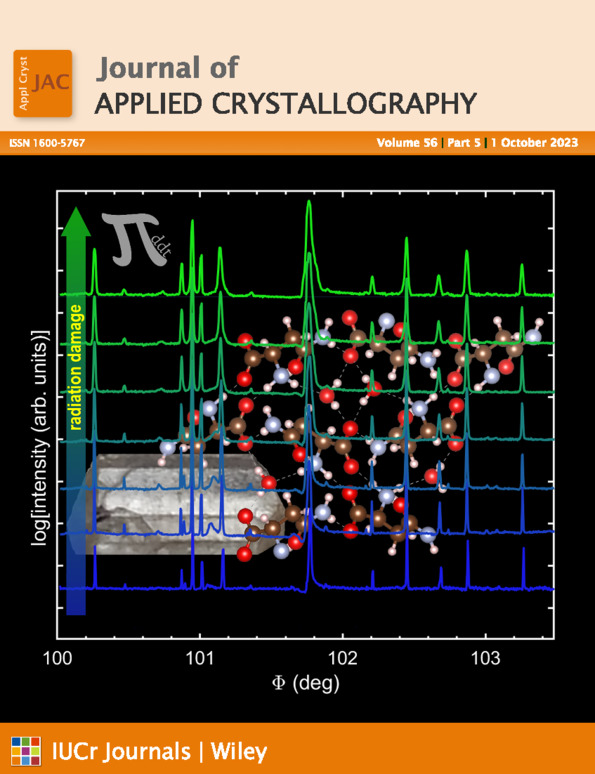Remote laboratory training for high school students: grocery store based hands-on project in protein crystallography
Abstract
The COVID-19 pandemic measures forced students to stay home and confined them to remote learning. This had a large impact on laboratory experiments, which are often impossible to complete from home. This article is a resource for instructors/educators to introduce the topic of structural biology and crystallographic methods. The main focus is to describe a hands-on crystallization laboratory exercise that can be carried out remotely at home with safe household products. X-ray crystallography is a vital technique for determining protein structure and function. This information can be used to understand fundamental biological processes and to help in the design of life-saving medications. Here, a method was developed to teach crystallography using reagents and equipment that can be found in grocery stores. The steps involved in a crystallography experiment are detailed with links and references to additional resources.




